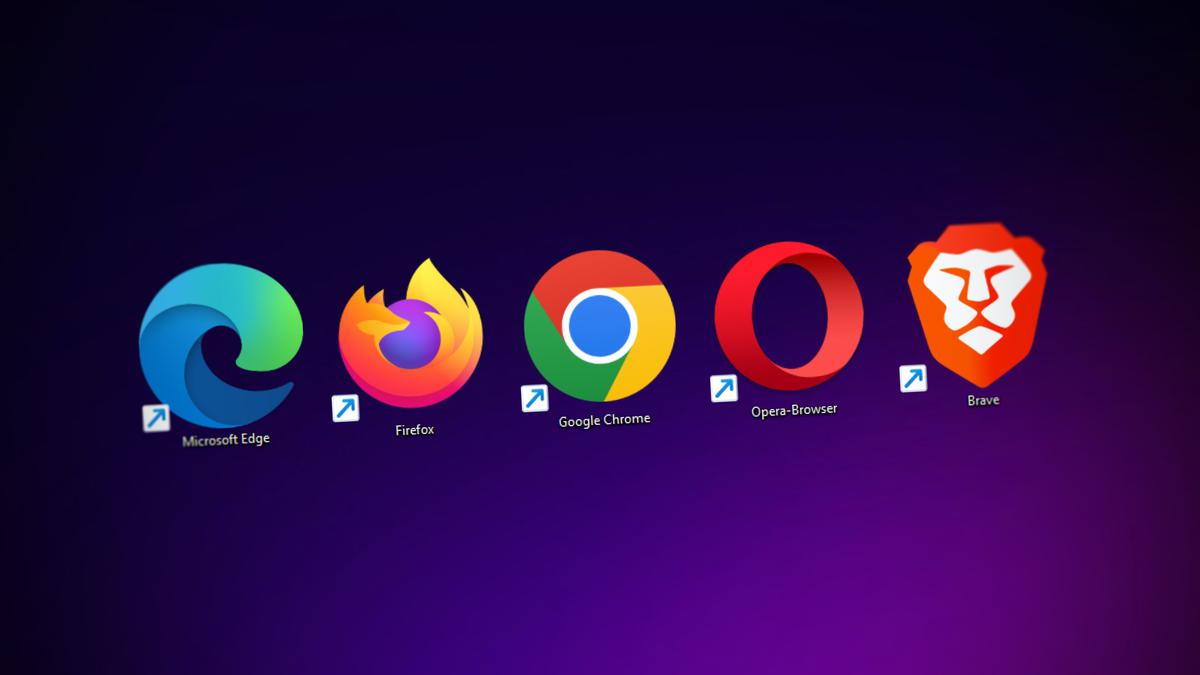Wikipedia defines Web browser as a software application that enables a user to display and interact with text, images, and other information typically located on a Web page at a website on the World Wide Web or a local area network. Structure of a web page is actually not the way it is displayed in a Web browser. A web page is written in a coded form in HTML, PHP or any other language. Web browser gets this information and formats into the display which we usually see when we visit a webpage.
Because of inherent differences in browsers the displayed page might appear slightly different in different browsers.If you wish to see how a webpage was actually written, do a right click and choose ‘view source’. You will see a clutter of commands and text which do not make any sense at all. The browser converts this clutter into understandable display.Like most of people, you might have used one or two web browsers.
But there are many of them available. Internet Explorer is the most common browser used by most of the people. Other web browsers are Mozilla Firefox, Safari, Opera, and Netscape.Although browsers are typically used to access the World Wide Web, they can also be used to access information provided by Web servers in private networks. They can also be used to access content in file systems like ebooks etc.Web browsers communicate with Web servers primarily using HTTP (hypertext transfer protocol) to fetch webpages.
HTTP allows Web browsers to submit information to Web servers as well as fetch Web pages from them.Web pages are located by means of a URL (uniform resource locator) which is treated as an address, beginning with http: for HTTP access. Many browsers also support a variety of other protocols, such as ftp: for FTP (file transfer protocol), rtsp: for RTSP (real-time streaming protocol- A protocol for use in streaming media systems), and https: for HTTPS (an SSL encrypted version of HTTP- used to indicate a secure HTTP connection).
In addition to HTML, PHP and other languages, the Web browser also supports various image formats like JPEG, PNG and GIF. The combination of HTTP content type and URL protocol specification allows Web page designers to embed images, animations, video, sound, and streaming media into a Web page, or to make them accessible through the Web page.
